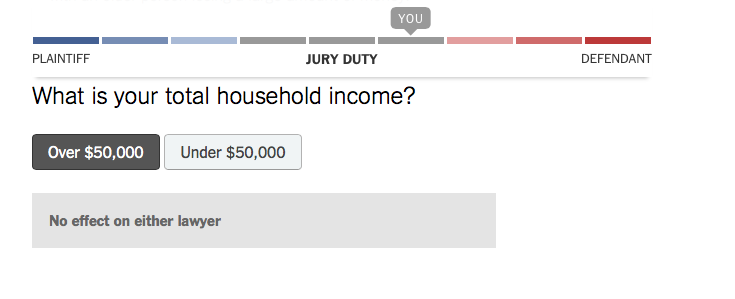People seem to have been talking about some new reports that claim (yet again) a connection between vaccines and autism. The latest versions go further, alleging a cover-up by the CDC. The most important thing to know about this is that the overwhelming scientific consensus remains that vaccines are not linked to autism. They do, on the other hand, prevent vast amounts of suffering due to preventable diseases. The anti-vaccine folks do enormous harm.
(Although I have a few other things to say, the main point of this piece is to link to an excellent post by Allen Downey. The link is below, but it’s mixed in with a bunch of other stuff, so I thought I’d highlight it up here.)
The usual pro-science people (e.g., Phil Plait) have jumped on this most recent story, stating correctly that the new report is bogus. They tend to link to two articles explaining why, but I’d rather steer you toward a piece by my old friend Allen Downey. Unlike the other articles, Allen explains one specific way in which the new study is wrong.
The error Allen describes is a common one. People often claim that a result is “statistically significant” if it has a “p-value” below 5%. This means that there is only a 5% chance of a false positive — that is, if there is no real effect, you’d be fooled into thinking there was an effect 5% of the time. Now suppose that you do 20 tests. The odds are very high in that case that at least one of them will be “significant” at the 5% level. People often draw attention to these positive results while sweeping under the rug the other tests that didn’t show anything. As far as I can tell, Allen’s got the goods on these guys, demonstrating convincingly that that’s what they did.
The other pieces I’ve read debunking the recent study have tended to focus on the people involved, pointing out (correctly, as far as I know) that they’ve made bogus arguments in the past, that they have no training in statistics or epidemiology, etc. Some people say that you shouldn’t pay any attention to considerations like that: all that matters is the content of the argument, and ad hominem considerations are irrelevant. That’s actually not true. Life is short. If you hear an argument from someone who’s always been wrong before, you might quite rationally decide that it’s not worth your time to figure out why it’s wrong. Combine that with a strong prior belief (tons of other evidence have shown no vaccine-autism link), and perfectly sound Bayesian reasoning (or as I like to call it, “reasoning”) tells you to discount the new claims. So before I saw Allen’s piece, I was pretty convinced that the new results were wrong.
But despite all that, it’s clearly much better if someone is willing to do the public service of figuring out why it’s wrong and explaining it clearly. This is pretty much the reason that I bothered to figure out in detail that evolution doesn’t violate the laws of thermodynamics: there was no doubt about the conclusion, but because the bogus argument continues to get raised, it’s good to be able to point people towards an explanation of exactly why it’s wrong.
So thanks, Allen!



